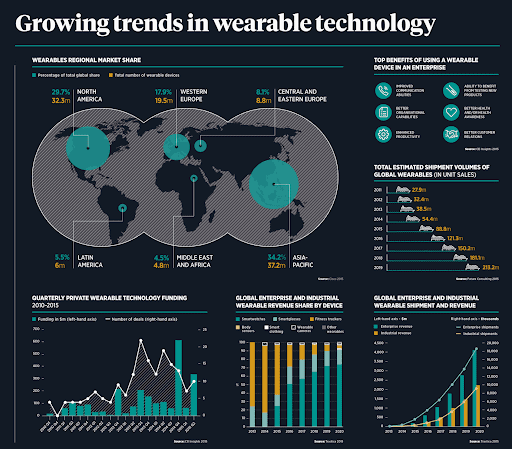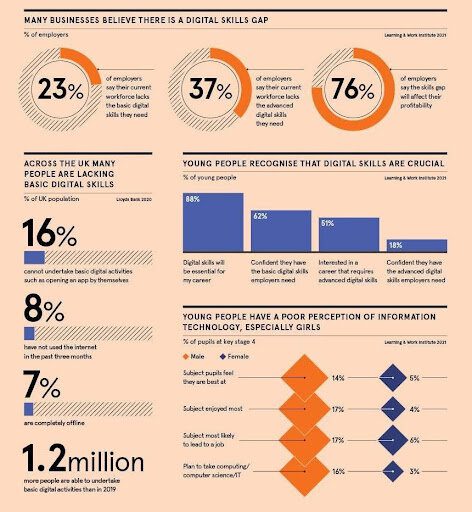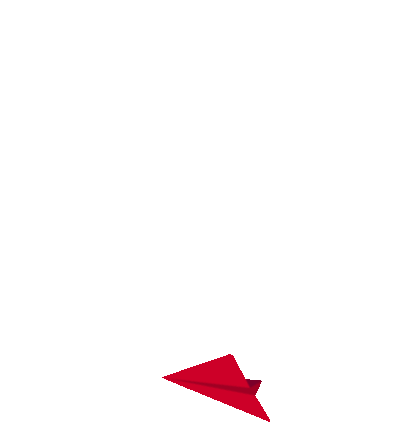blog Personal Finance | 6min Read
Published on October 7, 2021
5 Tips to Become a Financially Smart Student
- Post author By tbrg
- Post date October 7, 2021
- No Comments on 5 Tips to Become a Financially Smart Student


Do you have a class on “Financial Literacy for Students” in your high school curriculum?
Have you ever discussed ‘personal finances’ with your friends?
If your answer to these questions is NO, then it’s high time that you should get into the world of finance and start your journey before it gets too late. Student financial literacy has been trivialized for years now, but not anymore!
From a survey of 15-years old, 18% of the respondents revealed that they did not learn fundamental financial skills used in daily life like building a budget, comparison shopping, and understanding an invoice.
High school is a great time to discover, learn and manage money and build habits that will help you to set up a solid financial foundation for the future. This is the opportunity to gain more clarity on your savings and spendings and work towards long-term and much bigger goals.
Don’t know where to begin from? Don’t worry! In the next 5 minutes, you will have 5 awesome tips for you to become financially smart and secure your future.
Let’s get started:
1. Open A Savings Account For Yourself
Remember the good old days of piggy banks? The very step towards money management is having a place to save your money and make transactions, and having a bank account helps you out with that. As Warren Buffet says, “Do not save what is left over after spending, but spend what is left over after saving.” Focus on your savings first and keep your money secure in the bank.
Consult with your parents to find the right bank to open a personal savings account. Don’t forget to activate internet banking services after opening your account. Legacy banks like HDFC Bank or ICICI Bank might be a great choice but if you’re looking for something cool, do check out FamPay and Google Fi.
2. Keep Track Of Your Personal Finances
Sitting down and mapping a budget for yourself might seem a difficult task at first, but it is not. Think about basic high school expenses and utilities like stationery, books, class supplies, food, etc. These expenses are the buckets that need money from your savings. When you fill each of these buckets as much as required for each expense, you are assigning budgets to them.
Only when you create a budget for the money you have and track your expenses, you come to know where most of your money is going and where you need to cut down on expenditures. Not sure how to start with it? We can surely help you a little to track down your finances at every step of your life.
3. Start Investing And Believe In The Magic Of Compounding
Now that you have opened a bank account and set a budget, it’s time to invest your savings in the right way. The very first thing is to set an end goal- whether it is a short, medium, or long-term goal. Based on your requirement and the amount of savings, you can decide and set one for yourself. The sooner you start to invest money, the more interest you will build over time, and watch your money compounding.
For example, your short-term goal could be to start investing as early as possible, just like Warren Buffet. Similarly, a long-term goal could be applying to the best universities for higher education.
4. Check Out Financial Planning Apps And Resources
According to a recent survey, 86% of high-schoolers requested money management classes in school rather than wait to commit financial blunders later in life. There’s a lot more to money management and finances than installing the bank’s app on your phone or using a digital payment app. To find more about financial literacy for students, you will need to look beyond your textbooks. In fact, you can observe how your parents or elders exercise money management skills every single day.
Get acquainted with books, blogs, and articles related to the finance world. The Psychology of Money (by Morgan Housel) and Rich Dad Poor Dad (by Robert Kiyosaki and Sharon Lechter) are amazing books to start understanding the world of money. If you want to learn more about judicious investments, grab a copy of The Dhandho Investor (by Mohnish Pabrai) and The Intelligent Investor (by Benjamin Graham).
Watch videos and listen to podcasts available on topics relevant to personal finance. Some of the most renowned podcasts include The Dave Ramsay Show and ChooseFi. If you’re looking for some millennial advice, do check out How To Money and Journey to Launch.
Finally, make use of budgeting websites and apps like YNAB and Goodbudget to keep track of your money. Varsity by Zerodha also has a vast collection of financial lessons to learn from.
5. Make Money By Monetizing Your Skills
All these 5 tips have told you how to learn and manage money. But will you always borrow money for this from your parents? Who says you can’t build a source of income while in school?
There are many advantages of working while in high school. If you have any skills, i.e. sketching, painting, writing, etc. you can show them to the world and build your personal brand. If not, you can try learning and gaining expertise in a new skill and then monetizing it. You can take up internships or part-time jobs to pursue your interests along with school and work. Or if you choose to work only during summers, you can make the best of it by doing extra shifts. Along with money, it will also help you to gain some work experience while still in high school.
Summing Up
Just as one doesn’t learn mathematics in a single day, gaining financial literacy needs some time as well. According to Guidant, one in four parents reported that they almost or never talk to their kids about household finances. Neither does your school give you complete visibility on financial literacy. But you don’t have to worry anymore!
Join the Smart Money Camp to learn more about money management, setting up budgets, and exploring more about the stock markets. It’s the perfect financial literacy course for high-schoolers to acquire financial knowledge and skills for the future.
So, what are you waiting for? Hop on and set your steps in the world of finance right away!
The Big Red Group and our Ivy Early Entrepreneur Program
In our entrepreneurial workshop – Ivy Early Entrepreneur, students go through the process of business development and leave the entrepreneur program having completed a business model canvas, competitive analysis, financial model, minimum viable product, and a pitch deck.
Students get an opportunity to learn from successful entrepreneurs who are alumni of reputed universities and are experts in their respective industries.
These experts serve as coaches guiding students through the processes of developing a business concept. Risk-Taking, Decision Making, Critical Thinking, Problem Solving, Communication &
Storytelling, Design Thinking & Innovation, and Opportunity Recognition are a few of the key learning areas of our program.
On successfully completing the entrepreneur workshop, the guaranteed internship will be extended to all the students within our partner firms and with most of the mentors teaching the program. Students will be provided with a certificate of participation by The Big Red Group. This certificate can be used for your college portfolio.
Ivy Early Entrepreneur






Idea Generation | Market Research | Design Thinking | Pitching




















